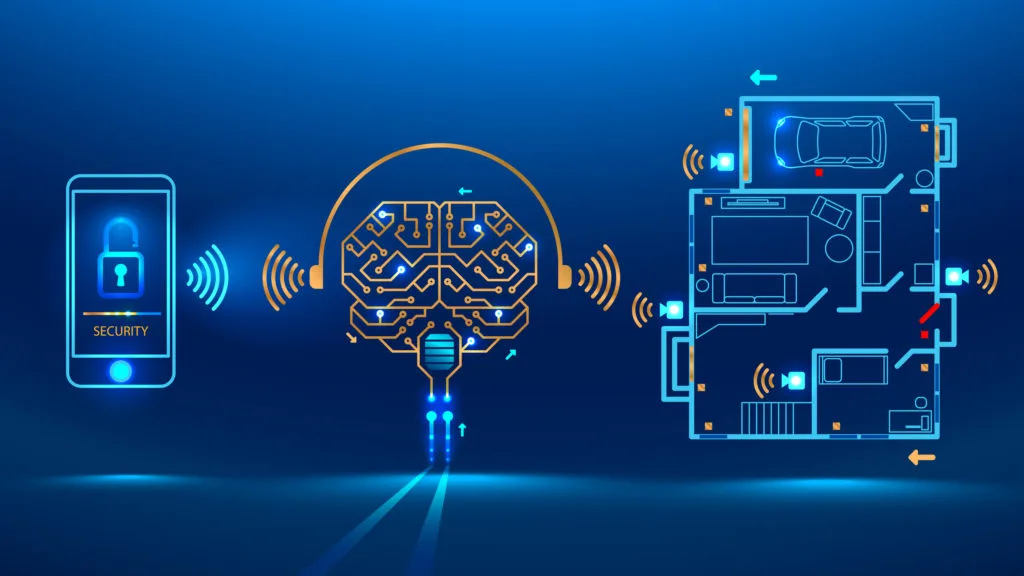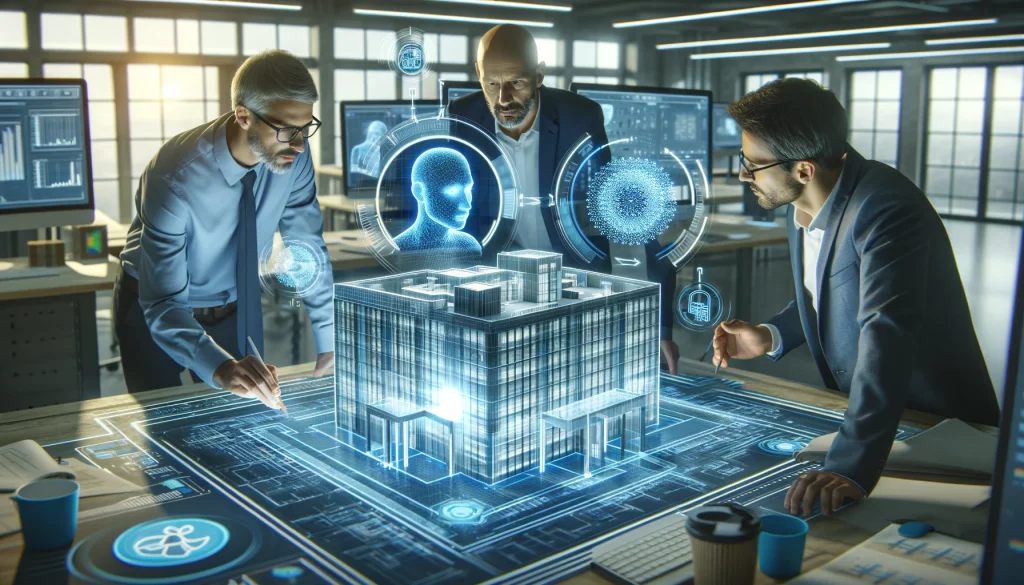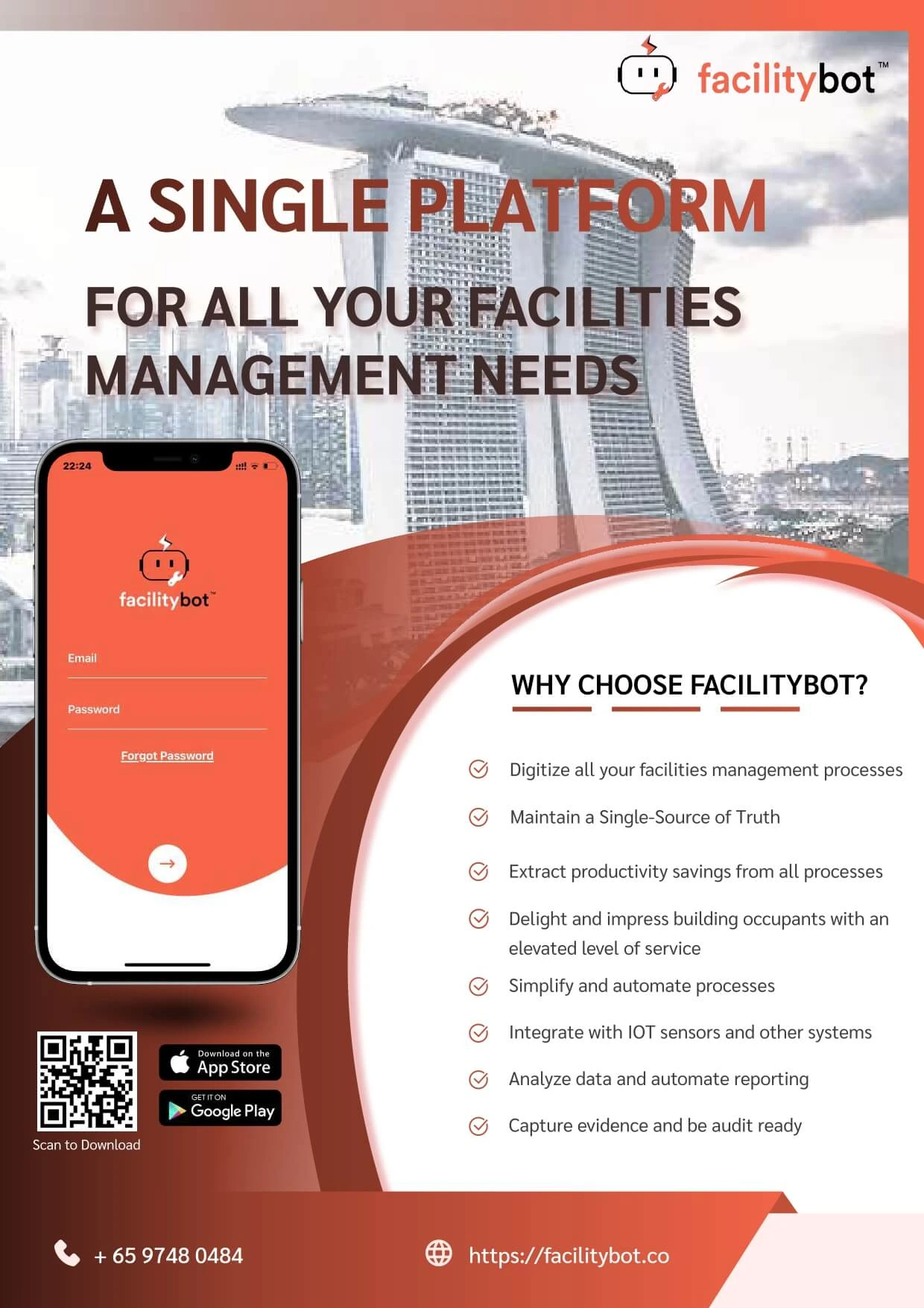Facility management is no longer just about fixing broken equipment or scheduling routine maintenance. In 2025, facility managers are embracing advanced technologies to streamline operations, reduce costs, and enhance the overall workplace experience. Among these innovations, AI in facility management software is proving to be the biggest game changer.
Artificial Intelligence (AI) is helping facility teams predict problems before they occur, automate routine tasks, and make smarter, data-driven decisions. By integrating AI into Computerized Maintenance Management Systems (CMMS) and facility management software, organizations are seeing higher efficiency, better tenant satisfaction, and stronger cost savings.
In this article by facilitybot, we’ll explore how AI is transforming facility management software in 2025, the key benefits, practical applications, and what the future holds.
What is AI in Facility Management Software?
AI in facility management software refers to the use of artificial intelligence technologies—such as machine learning, natural language processing (NLP), predictive analytics, and computer vision—integrated into digital platforms that support facility operations.

Traditionally, facility management software helped track work orders, manage assets, and schedule preventive maintenance. With AI, these systems are evolving into intelligent platforms that:
- Analyze patterns in equipment usage and performance
- Predict when a machine will fail
- Automate scheduling and resource allocation
- Communicate with tenants through AI chatbots
- Optimize energy consumption across facilities
Simply put, AI turns static management systems into proactive, learning-based platforms.
Key Ways AI is Revolutionizing Facility Management in 2025
1. Predictive Maintenance
One of the most powerful applications of AI in facility management software is predictive maintenance. Instead of waiting for equipment to fail or performing maintenance on a fixed schedule, AI algorithms analyze sensor data and historical performance to predict exactly when maintenance is needed.
This reduces downtime, extends the lifespan of assets, and cuts unnecessary maintenance costs. For example, HVAC systems can now alert managers before a breakdown occurs, preventing costly repairs and disruptions.
2. Automated Fault Reporting
AI-powered computer vision and chatbots are making fault reporting faster and more accurate. Tenants can use mobile apps or WhatsApp integrations to report issues with photos or messages. AI then categorizes, prioritizes, and routes the request to the right technician without manual intervention.

This automation shortens response times, enhances tenant satisfaction, and reduces the workload for facility managers.
3. Energy Optimization and Sustainability
Energy costs remain one of the largest expenses in facilities management. In 2025, AI is helping organizations achieve sustainability goals by monitoring energy consumption in real time.
AI-enabled facility management software can adjust HVAC systems, lighting, and equipment usage based on occupancy levels. This not only lowers utility bills but also reduces carbon footprints, helping businesses meet ESG (Environmental, Social, Governance) targets.
4. Smarter Space Utilization
Hybrid work models have changed how office spaces are used. Facility managers now rely on AI to track occupancy and adjust space planning. With IoT sensors feeding data into AI systems, facility management software can identify underutilized areas, suggest optimal seating arrangements, and support hot-desking policies.
This leads to more efficient use of real estate and a better workplace experience for employees.
5. AI Chatbots for Tenant and Employee Experience
Communication is a key part of facilities management, and AI chatbots are redefining how managers engage with tenants and employees. These chatbots handle service requests, answer FAQs, and provide real-time updates—all without human intervention.

For example, FacilityBot integrates chat-based fault reporting, allowing users to submit requests directly from messaging apps like WhatsApp, Microsoft Teams, or Slack. This reduces friction and ensures that communication flows seamlessly.
6. Data-Driven Decision Making
AI enables facility managers to move from reactive decision-making to proactive planning. Advanced analytics dashboards provide insights on asset performance, vendor efficiency, energy usage, and more.
With AI in facility management software, managers can identify trends, forecast future needs, and allocate budgets more effectively. Data-driven decision making also helps in negotiating better contracts with suppliers and contractors.
Benefits of AI in Facility Management Software
The integration of AI brings numerous advantages to businesses of all sizes:
- Reduced Costs: Predictive maintenance and energy optimization lower operational expenses.
- Increased Uptime: Fewer unexpected breakdowns mean more reliable equipment.
- Enhanced Productivity: Automation frees staff from repetitive tasks.
- Better User Experience: Faster response times improve tenant and employee satisfaction.
- Sustainability: AI-driven energy savings support green building initiatives.
- Scalability: AI systems grow smarter as they process more data, making them future-proof.
Challenges of Implementing AI in Facility Management
While the benefits are substantial, adopting AI in facility management does come with challenges:
- Data Privacy: Collecting large volumes of data raises concerns about security and compliance.
- Integration Complexity: Merging AI tools with existing Building Management Systems (BMS) or IoT sensors requires careful planning.
- Training & Adoption: Facility staff must be trained to trust and effectively use AI-powered systems.
- Initial Costs: Although long-term savings are significant, upfront investments can be high.
Future Trends: What’s Next for AI in Facility Management?
Looking ahead, AI in facility management will become even more advanced, with emerging technologies driving the industry forward:
- Digital Twins: Virtual replicas of buildings will simulate performance and optimize operations.
- Robotics and Drones: Autonomous robots may handle cleaning, inspections, and security tasks.
- Augmented Reality (AR): AR-assisted maintenance will guide technicians through repairs with step-by-step overlays.
- Smarter Integrations: AI will seamlessly integrate with IoT, BIM (Building Information Modeling), and procurement systems.
By 2030, facilities may be largely self-managing, with AI handling everything from maintenance schedules to energy optimization without human intervention.
Conclusion
In 2025, AI is no longer a futuristic concept in facilities management—it’s a present-day reality that is reshaping how organizations operate. From predictive maintenance to energy optimization and tenant communication, AI in facility management software delivers measurable value across industries.
Facility managers who embrace AI-powered tools like FacilityBot will not only cut costs but also enhance workplace experiences, meet sustainability goals, and future-proof their operations.
As the demand for smarter, more efficient buildings continues to rise, AI will remain the driving force behind innovation in facility management.




